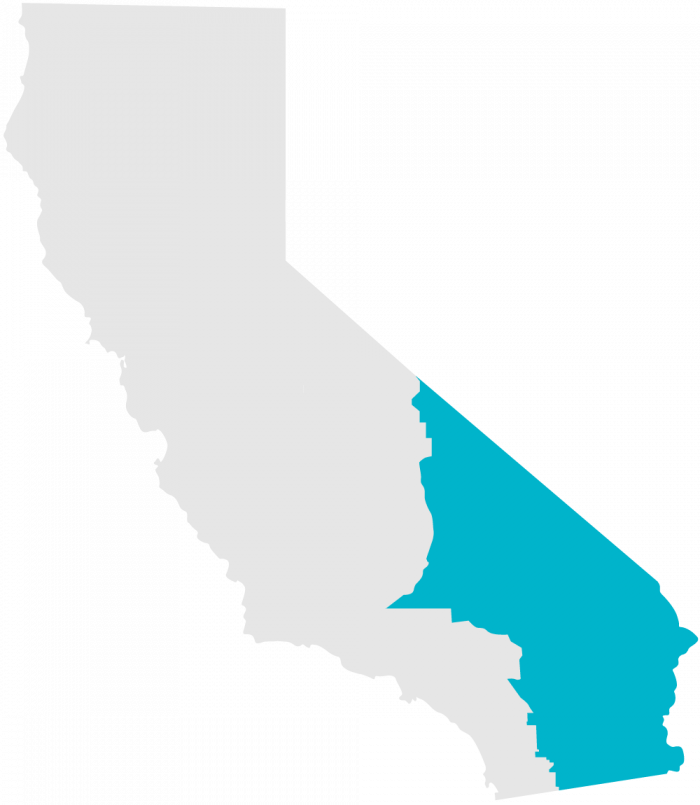The desert region of California stretches for miles from the center of California to the southern border including well-known areas like Palm Springs and Death Valley. But it’s more than just dry climates and vast open space where mustangs roam; there’s a rich and ancient culture in the desert region.
Ridgecrest, located in the high desert region, might not be well known, but it is the home to the earliest known life in the region. Ancient petroglyphs were etched into canyon walls by the Coso people over 10,000 years ago. You’ll also find a colorful tapestry of Native American culture, a thriving local community, and stunning diversity of desert landscapes. Explore the history of this High Desert region in Ridgecrest while actively getting out and enjoying the unique landscapes by foot, off road vehicle, bike, or horseback.
Main Photo © Kirsten Alana




